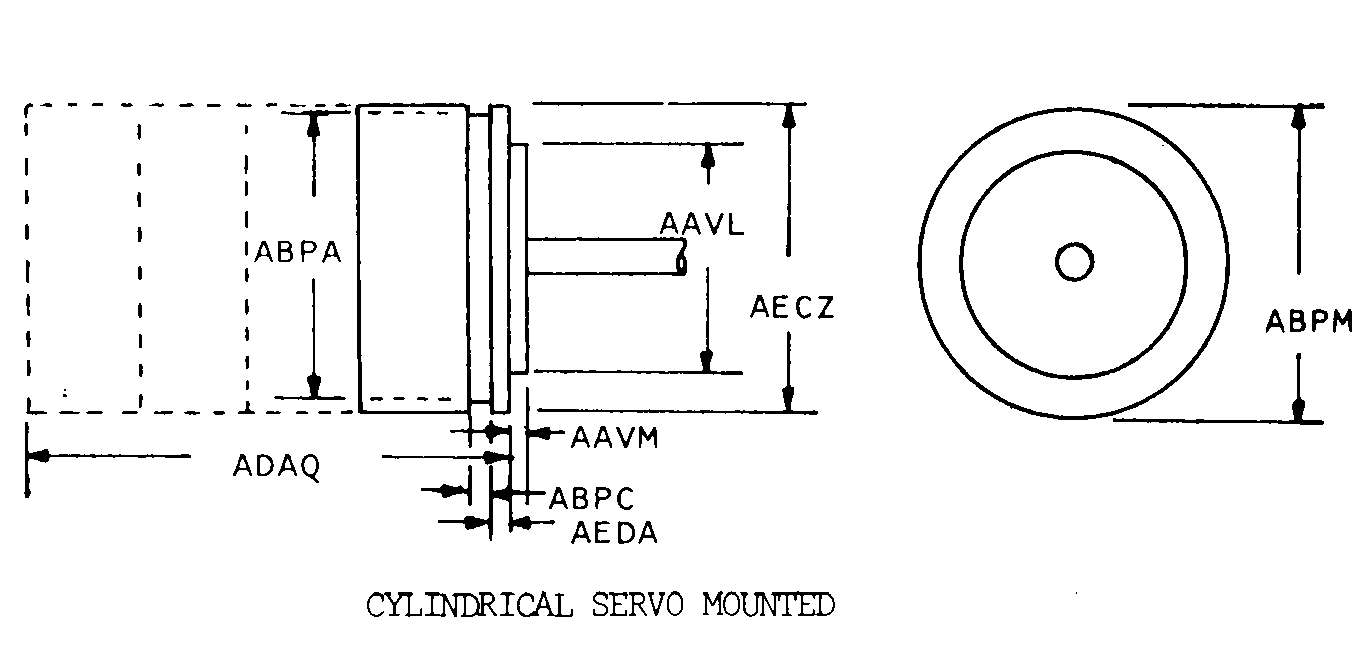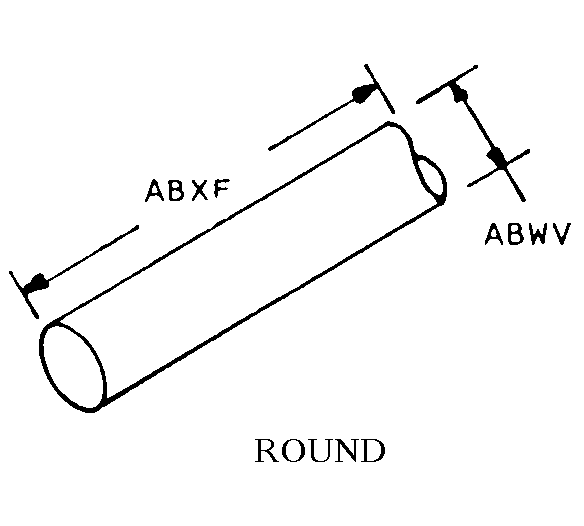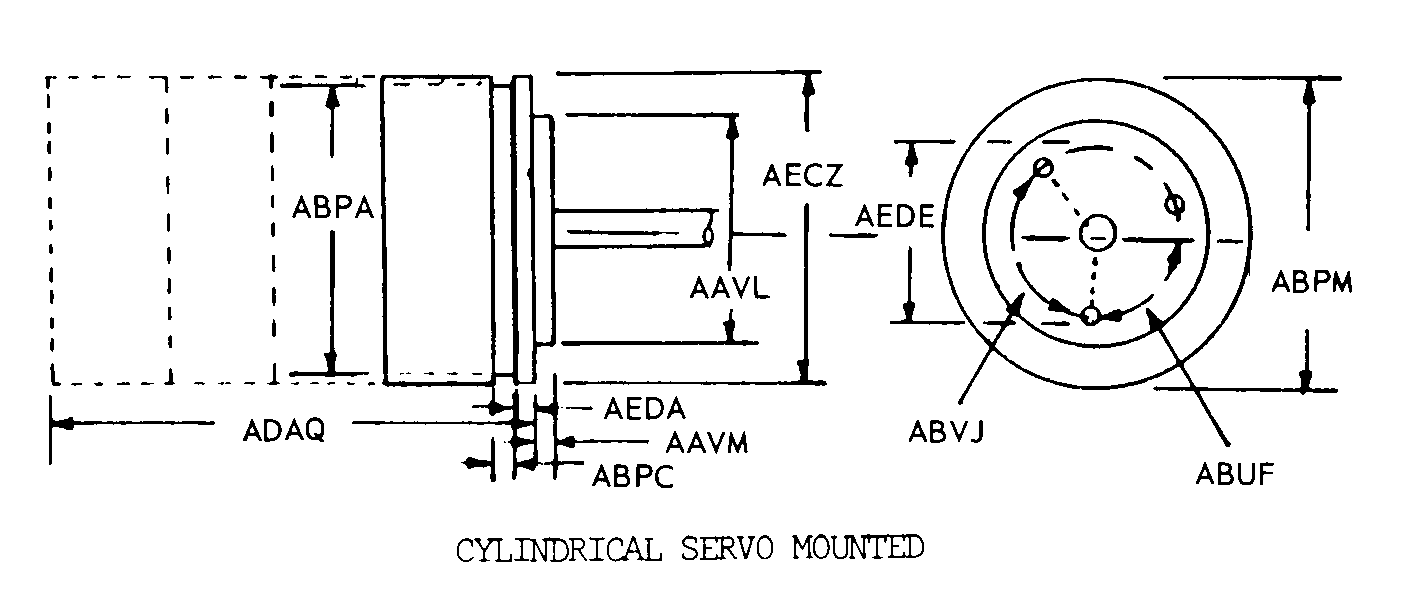5905003350429
Price Quote Get an up to date pricing and availability quote for this product. Order online or over the phone.
Quality Commitment
Serving our customers with quality and safety first.
- AS9120 Certified
- Audited supply chain
- ITAR Registered
- DDTC Registered
- HAZMAT Certified
- Customer service objectives
- Every product 100% inspected

5905-00-335-0429 Specification Set by the OEM (see RNCC code 3)
5
cylindrical servo mounted
1.87500in.
0.06200in.
3.313in. ⁓3-21/64"
0.838in. and 0.938in.
0.06200in.
1.985in.
0.250in.
0.438in.
1.875in.
2.293in. ⁓2-19/64"
1.98500in.
0.06200in.
round
bearing
single shaft
343.0 and 343.0 and 343.0 and 343.0 and 350.0
radially positioned over less than half the circumference
clamp ring
50.000 percent, rated amperes c drop siding
360.0
-5.00/+5.00 3rd section
4.0 7th secondary inserted tab
all sections independent linearity
1 all sections
-5.0/+5.0 5th section
continuous motion
25000.0 all sections
all sections graph
40.0 single section
a all sections
ambient temp 70 deg c at 0.75 watt, ambient temp 70 deg c at 0.75 watt, ambient temp 70 deg c at 0.75 watt, ambient temp 70 deg c at 0.5 watt, ambient temp 70 deg c at 2.0 watt
79500-59-J-204 drawing (this is the basic governing drawing, such as a contractor drawing, original equipment manufacturer drawing, etc.; excludes any specification, standard or other document that may be referenced in a basic governing drawing) and 79500-52-C-2444 drawing (this is the basic governing drawing, such as a contractor drawing, original equipment manufacturer drawing, etc.; excludes any specification, standard or other document that may be referenced in a basic governing drawing)
18 turret
Cross Reference Parts Part numbers that meet the specification outlined on this page and set by the OEM
Identification Item Identification Guide (IIG) and Item Name Code (INC)



Definition Definition of approved item name (AIN): "RESISTOR,VARIABLE,WIRE WOUND,NON"
A resistor in which a sliding or rolling contact moves over an exposed area of the resistive element to change the ohmic value of the output. The functional tolerance (linearity), if given, of the output is greater than plus of minus 1 percent on linear outputs. Specified outputs such as sine, cosine, tangent, etc., shall be considered to be precision. For items having manually positioned taps designed to be set and fixed prior to use, see resistor, adjustable. For items with step by step variation, see rheostat and resistor, step by step. For tandem-mounted items designed to function together as an attenuator (and rated accordingly), see attenuator, variable. Excludes resistor (1), variable, nonwire wound, nonprecision; resistor (1), variable, nonwire wound, precision; and resistor (1), variable, wire wound, precision.
5905-00-335-0429 Material Hazmat, Precious Metals, Criticality, Enviroment, and ESD
Indicates there is no data in the hmirs and the nsn is in a fsc not generally suspected of containing hazardous materials.
Precious metal content is unknown
The item does not have a nuclear hardened feature or any other critical feature such as tolerance, fit restriction or application.
Identification Codes
HMIC: Hazardous Material Indicator Code. A one position code that identifies a hazardous item.
PMIC: Precious Metal Indicator Code. A one position code which identifies items that have precious metals as part of their content. precious metals are those metals generally considered to be uncommon, highly valuable, and relatively superior in certain properties such as resistance to corrosion and electrical conductivity.
ESD: Electrostatic Discharge. Indicates if an item is susceptible to electrostatic discharge or electromagnetic interference damage. electrostatic discharge damage occurs when an accumulation of static electricity generated by the relative motion or separation of materials is released to another item by direct contact. electromagnetic interference damage occurs when an item comes into proximity with an electrostatic or magnetic field.
ENAC: Enviromental Attribute Code. Identifies items with environmentally preferred characteristics.
CRITL: Criticality Indicator Code. Indicates an item is technically critical by tolerance, fit, application, nuclear hardness properties, or other characteristics.






